Richmond Confidential: Richmond Art Center recovering after losing major donor: ‘We are in the black now, not red.’
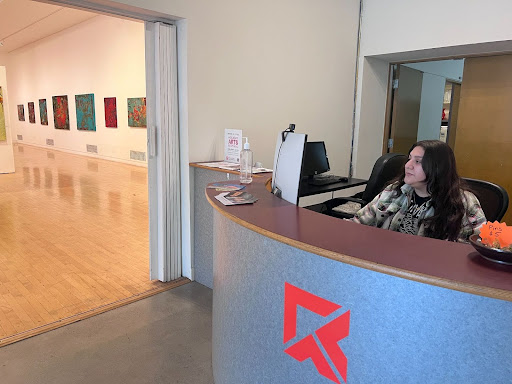
Richmond Confidential Weblink: https://richmondconfidential.org/2024/01/16/richmond-art-center-budget-reaching-goal/ Richmond Art Center recovering after losing major donor: ‘We are in the black now, not red.’ Sophia Sun on January 16, 2024 When the Richmond Art Center lost its biggest donor last year, Executive Director José Rivera said he was worried about the future. “Over many years, that donor contributed $100,00 annually, […]
With Gratitude
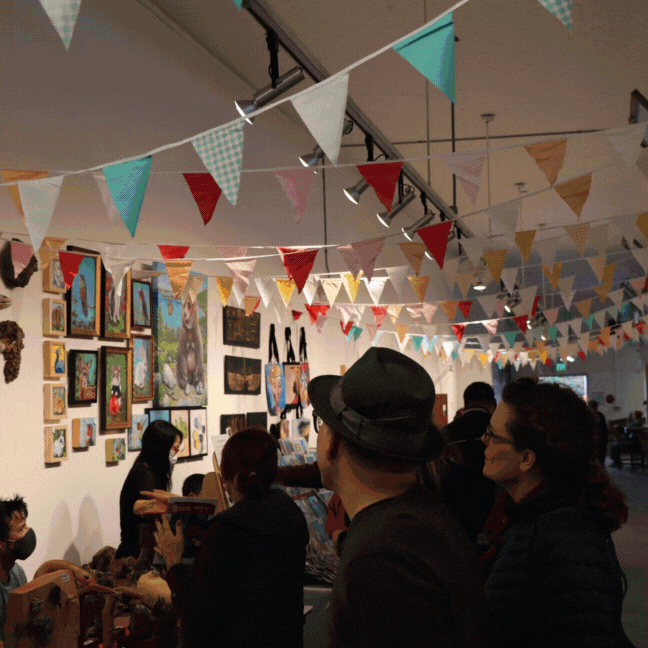
End-of-Year Appeal Update We did it! With support from you and you and you, we’re happy to announce that we reached our End-of-Year Appeal fundraising goal and raised over $100,000. Thank you to everyone who contributed.* We couldn’t do it without you! Onwards 2024! *Thank you gifts can be picked up from RAC on January 19 […]
Richmond Confidential: ‘This is like our Harlem Renaissance’: Exhibition showcasing Black artists set to open in Richmond
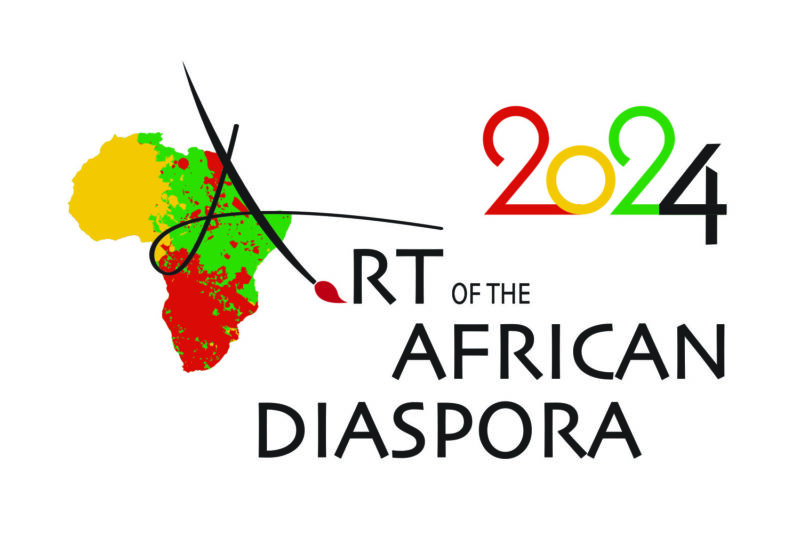
Richmond Confidential Weblink: https://richmondconfidential.org/2024/01/02/richmond-art-african-diaspora-exhibition/ ‘This is like our Harlem Renaissance’: Exhibition showcasing Black artists set to open in Richmond Panashe Matemba-Mutasa on January 2, 2024 In an arena where they’re often in the shadows, Black artists are creating spaces to recognize and celebrate their talent. For the 28th year, the Richmond Art Center will present the […]
2023 End-of-Year Appeal – Thank You Gifts!
We’re saying ‘thank you’ for supporting our appeal by offering these great gifts*! Donation Level 1: $30 Guillermo Pin This colorful pin depicts Andrée Singer Thompson’s preparatory sketch for her epic sculpture, ‘Guillermo the Golden Trout’. Wear it & show your big fish pride! 500 available Donation Level 2: $60 Water Bottle This large stainless […]
Please help us keep art for everyone!

A MESSAGE FROM RAC’S EXECUTIVE DIRECTOR & BOARD PRESIDENT Hello Friends, We ❤️❤️❤️ sharing art classes, exhibitions and community events with you! But do you also know about Richmond Art Center’s other programs, such as mentorship art classes for teens, bilingual artist residencies in schools, free art tours, and low-or-no cost summer art camps? These […]
AOTAD Featured Speakers: Richard Mayhew and Foad Satterfield
2/10/24
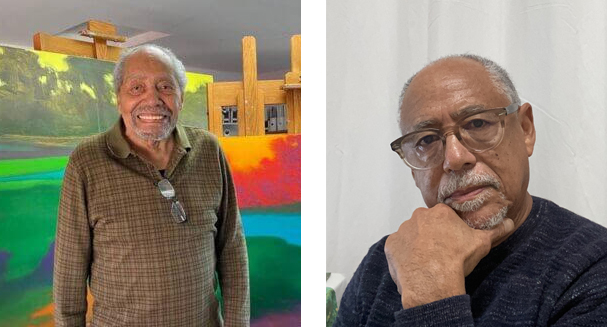
Art of the African Diaspora Featured Speakers: Richard Mayhew and Foad Satterfield Saturday, February 10, 12pm-1:30pm Richmond Art Center, 2540 Barrett Avenue, Richmond, CA FREE A special conversation with artists Richard Mayhew and Foad Satterfield. Facilitated by Flo Wiley. This event is presented as part of Art of the African Diaspora 2024. Richard Mayhew (born April […]
Press Release: 61st Annual Holiday Arts Festival
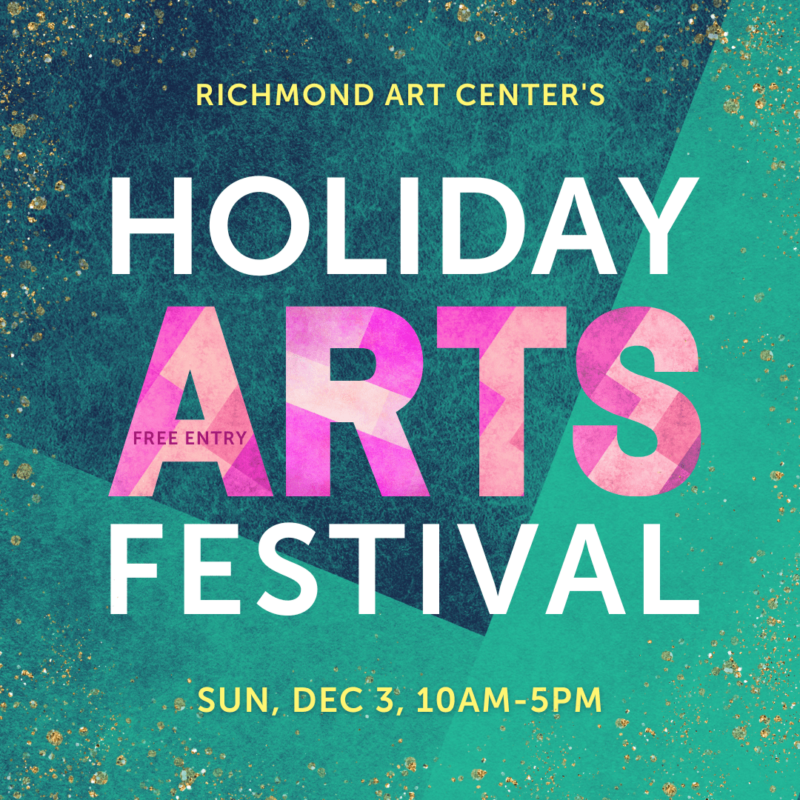
FOR IMMEDIATE RELEASETuesday, October 24, 2023 SPECIAL EVENT Holiday Arts Festival: 50+ Arts and Crafts Vendors Announced 61st Annual Holiday Arts FestivalSunday, December 3, 10am-5pm | FREE ENTRYRichmond Art Center, 2540 Barrett Avenue, Richmond, CA Event Weblink: richmondartcenter.org/haf Richmond, CA: Richmond Art Center has announced over fifty arts and crafts vendors will participate in the […]
Richmond Standard: RAC celebrates Indigenous Peoples’ Day through artmaking
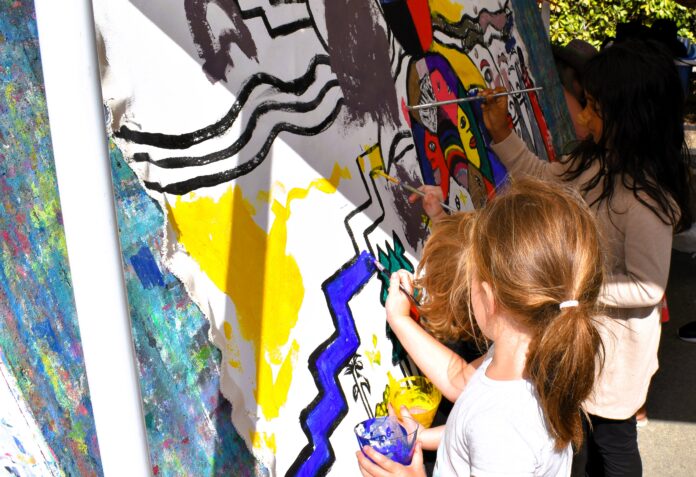
Richmond Standard Weblink: https://richmondstandard.com/richmond/2023/10/09/rac-celebrates-indigenous-peoples-day-through-artmarking/ RAC celebrates Indigenous Peoples’ Day through artmaking October 9, 2023 By Mike Kinney Dozens of community members and their families celebrated Indigenous Peoples’ Day through artmaking at the Richmond Art Center on Saturday. It was part of the art center’s annual “Fall Family Day,” a fun, free event that invited the […]
Happy Indigenous Peoples’ Day!
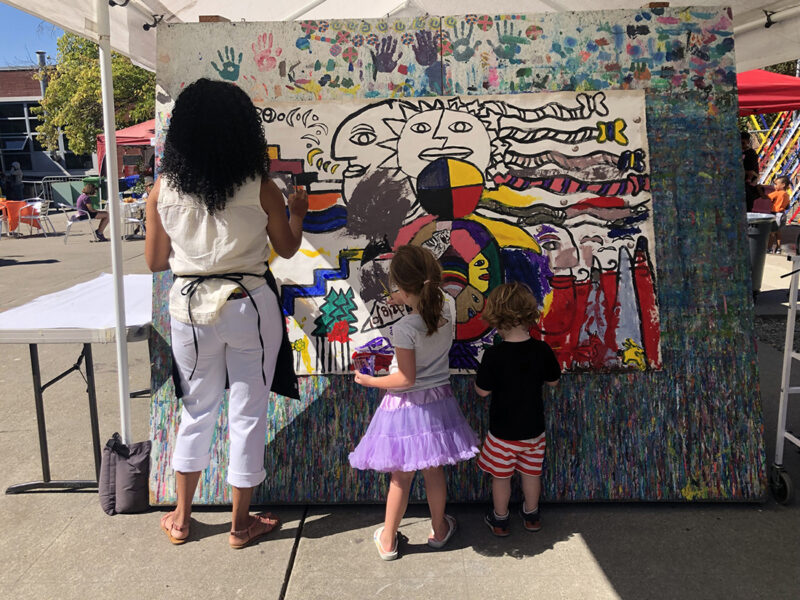
Happy Indigenous Peoples’ Day! On Saturday we celebrated Indigenous Nations across the Americas at our annual Fall Family Day event. Hundreds of folk came to Richmond Art Center – in Huichun, the unceded territory of the Lisjan-Ohlone people – to make art, share in community, and honor the contributions and culture of Indigenous people. Thanks […]
RAC Receives Special Recognition from the State of California
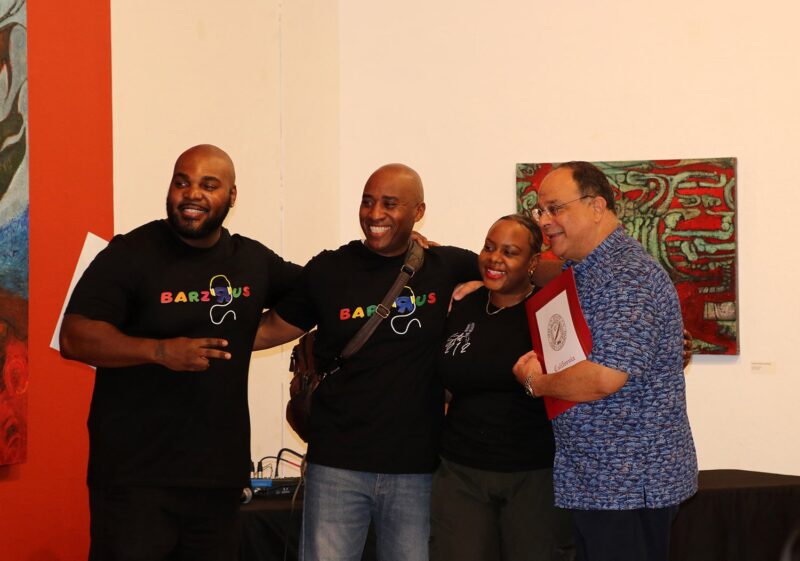
RAC Receives Special Recognition from the State of California Adrianna Jackson, District Director for Senator Nancy Skinner, visited us recently to present Richmond Art Center with a Certificate of Recognition for our Greenhouse Live Youth Art Showcase. We’re so proud to receive this commendation! Image above: Stu212 founders, Jeremy Phillips and Ron Armstrong Jr, Adrianna Jackson, and RAC’s […]
